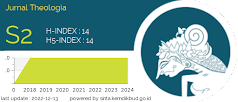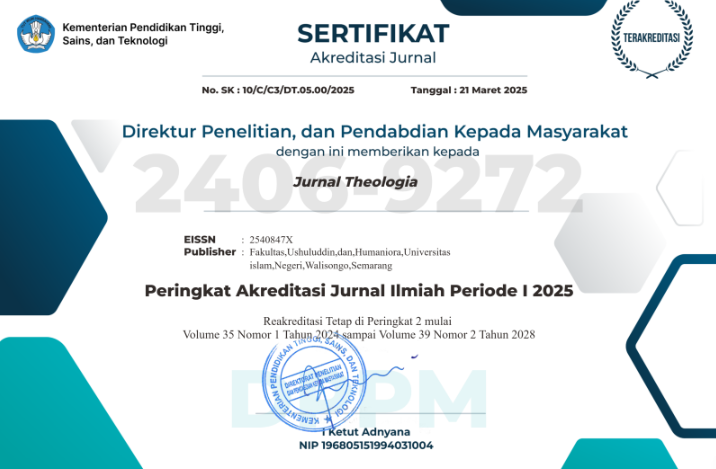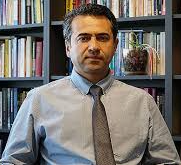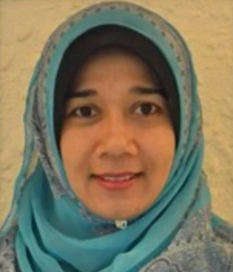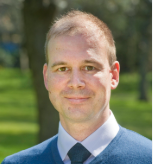Sufism among Western Academics and Women: Analysis of Distributional Factors
DOI:
https://doi.org/10.21580/teo.2023.34.2.18033Keywords:
Feminists, Sufism, Women, Western AcademicsAbstract
This article examines and explores the phenomenon of Sufism among Western academics and women, as well as the factors that influence it. The background to this study is the increased attention to Sufism after the events of September 11, 2001, in which Sufism was considered an alternative to overcome psychological anxiety in modern life. The aim of this study was to analyze the factors influencing the distribution of Sufism among Western academics and women, as well as to understand the role of women in the spread of Sufism. The research method used is a literature study with a descriptive analysis approach. The main finding of the study is that Sufism is considered a tolerant school and can accommodate a variety of cultures, including in the context of Western culture. The role of women in the spread of Sufism is also very important, where Sufism becomes a means to prevent moral decay and seek spiritual tranquility in the midst of spiritual pressure.
Downloads
References
al-Quḍāh al-Hamadhānī, ʻAbd Allāh ibn Muḥammad, Mohammed Rustom, and ʻAbd Allāh ibn Muḥammad al-Quḍāh al-Hamadhānī. The Essence of Reality: A Defense of Philosophical Sufism = Zubdat Al-Ḥaqāʼiq. New York: New York University Press, 2022.
Arberry, A J. Sufism. Routledge, 2013. https://doi.org/10.4324/9780203706848.
Dominguez Diaz, Marta. Women and {Sufism}: Female Religiosities in a Transnational Order. Routledge {Sufi} Series. London ; New York: Routledge, 2015.
Dressler, Markus. “Sufism in the West.” American Journal of Islam and Society 24, no. 3 (July 1, 2007): 121–23. https://doi.org/10.35632/ajis.v24i3.1533.
Graus, Andrea. “Mysticism in the Courtroom in 19th-Century {Europe}.” History of the Human Sciences 31, no. 3 (July 2018): 21–40. https://doi.org/10.1177/0952695118761499.
———. “Mysticism in the Courtroom in 19th-Century Europe.” History of the Human Sciences 31, no. 3 (July 26, 2018): 21–40. https://doi.org/10.1177/0952695118761499.
Hanifiyah, Fitriyatul. “The Essence of Mysticism in The Study of Tasawwuf.” AT-TURAS: Jurnal Studi Keislaman 8, no. 1 (June 30, 2021): 49–59. https://doi.org/10.33650/at-turas.v8i1.2017.
Hawamdeh, Suhel Ahmad Fadel. الاسلام والمسلمين في كانادا. 1st ed. Vol. 1. 1. Beirut, 2016.
Hermansen, Marcia K, and Saeed Zarrabi-Zadeh, eds. Sufism in Western Contexts. Handbook of {Sufi} Studies. Leiden ; Boston: Brill, 2023.
Hofmann, Murad Wilfried. Islam, the Alternative. 2nd enlarg. Beltsville, Md: Amana, 1999.
“Keberadaan Perempuan Dalam Industri Iklan - Nasional Katadata.Co.Id,” n.d.
Larsen, Lena. “How Muftis Think: Islamic Legal Thought and Muslim Women in Western Europe.” How Muftis Think, May 2018. https://doi.org/10.1163/9789004367852.
Meirison, Meirison, and M Harir Muzakki. “Implementing The Spirit of Jihad in Sufism.” Jurnal THEOLOGIA 31, no. 1 (November 6, 2020): 1. https://doi.org/10.21580/teo.2020.31.1.5379.
“Misticismo Sufi: Buy Misticismo Sufi by Khan Hazrat Inayat at Low Price in India | Flipkart.Com,” n.d.
“Morocco: Hijab as a Choice · Global Voices,” n.d.
Muedini, Fait. “Sufism and Anti-Colonial Violent Resistance Movements: The Qadiriyya and Sanussi Orders in Algeria and Libya.” Open Theology 1, no. 1 (January 3, 2015). https://doi.org/10.1515/opth-2015-0003.
Nasim Ahamed Mondal, Balhasan Ali, and Md Illias Kanchan Sk. “Has Muslim Got Benefited from the National Health Mission? A Situational Analysis of Maternal Health Services in India.” Edited by Muḥammad ʿAlī al- Bannā. Translated by Nicholas Mahdi Lock, Nancy Roberts, Masturi Irham, Muhammad Aniq, and Sanāʾ aṣ- Ṣārūṭ. Ethiopian Journal of Health Sciences, Social, economic, and political studies of the {Middle} {East} and {Asia}, 30, no. 5 (September 1, 2020): 1. https://doi.org/10.4314/ejhs.v30i5.19.
“Rethinking Muslim Women and the Veil: Challenging Historical & Modern ... - Katherine Bullock - Google Books,” n.d.
Salamah-Qudsi, Arin. “The Economics of Female Piety in Early Sufism.” Religions 12, no. 9 (September 13, 2021): 760. https://doi.org/10.3390/rel12090760.
Schimmel, Annemarie. “Mystical Dimensions of Islam, 35th Anniv. Ed.: Thirty-Fifth Anniversary Edition,” 2011, 544.
Schimmel, Annemarie, and Carl W. Ernst. “Mystical Dimensions of Islam : Thirty-Fifth Anniversary Edition.,” 2011, 320.
Silawati, Dra, and M Pd. “Pemikiran Tasawuf Hamka Dalam Kehidupan Modern.” An-Nida’ 40, no. 2 (March 2016): 118–25. https://doi.org/10.24014/AN-NIDA.V40I2.1502.
Stevenson, Lois A, Mariana Parreiras Reis De Castro, Guilherme Cafure Antunes, Lívia Maria Pacelli Marcon, Lucas Silva Andrade, Sarah Rückl, Vera Lúcia Ângelo Andrade, et al. Sabeanism. Edited by Robert Irwin. Translated by Julia Alquezar, Masturi Irham, Muhammad Aniq, Nancy Roberts, Sanāʾ aṣ- Ṣārūṭ, Nicholas Mahdi Lock, Masturi Irham, Muhammad Aniq, Nicholas Mahdi Lock, and Sanāʾ aṣ- Ṣārūṭ. Journal of Muslim Minority Affairs. Al-Ṭabʻah. Vol. 1. Fī Al-Fikr Al-Nahḍawī Al-{Islāmī}. Jakarta: Oxford University Press, 2020. https://doi.org/10.35905/diktum.v19i1.1529.
“The Impact of Bektashi Penetration on the Ottoman Empire | Meirison | Al-Tahrir: Jurnal Pemikiran Islam,” n.d.
Tourage, Mahdi. “Subjectivity in ʿAṭṭ̣ār: Persian Sufism, and European Mysticism, Claudia Yaghoobi, West Lafayette, IN: Purdue University Press, 2017, ISBN 978-1-5575-3783-6 (Paperback), 202 Pp.” Iranian Studies 51, no. 2 (March 2018): 317–20. https://doi.org/10.1080/00210862.2017.1377008.
Ulfa, Maria, and Erva Dewi Arqomi Puspita. “Pursuing Happiness In Modern Era; Study On Hamka’s Perspective.” Tasfiyah 4, no. 1 (February 1, 2020): 1. https://doi.org/10.21111/tasfiyah.v4i1.3960.
Westerlund, David. Sufism in Europe and North America. London: RoutledgeCurzon, 2004.
“التّصوفُ والمرأة الغربية | طواسين للتصوف والاسلاميات,” n.d.

